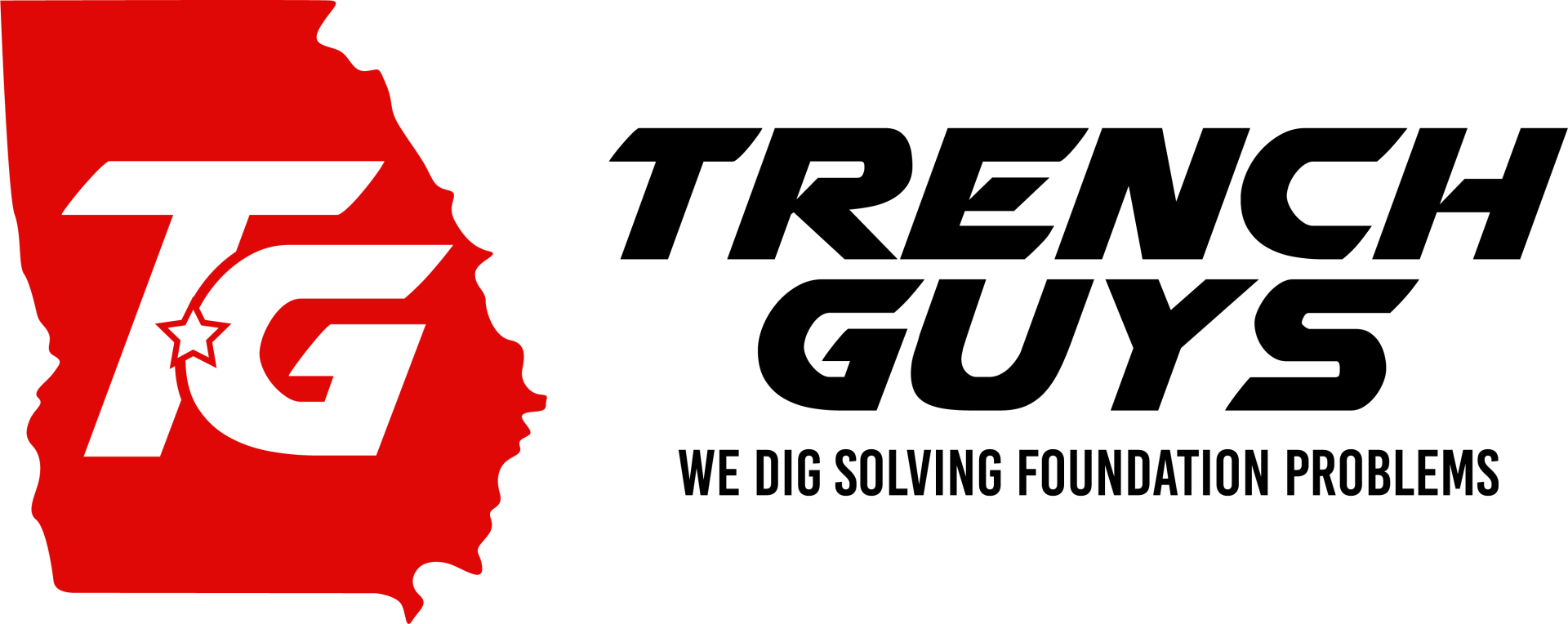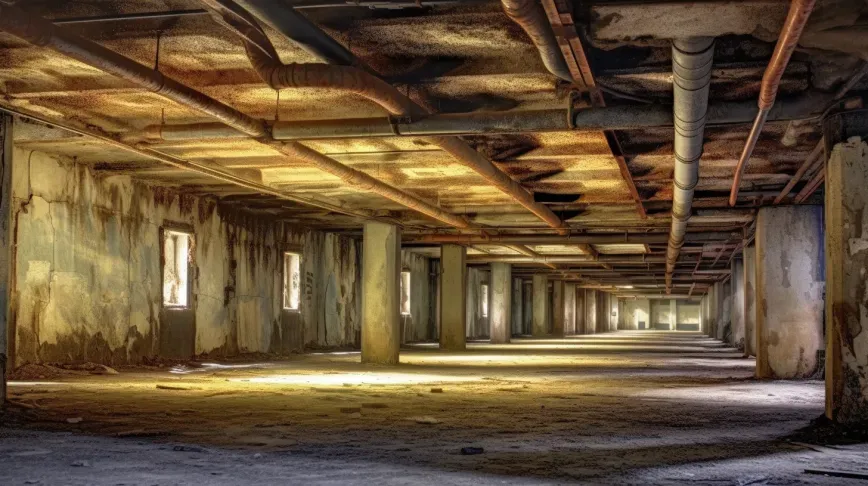Moisture control in crawl spaces is not just a matter of preventing inconvenience; it is a critical aspect of maintaining the structural integrity and health of your home. Unchecked moisture in these under-house spaces can lead to a host of serious problems, from structural damage to health hazards that can impact the entire household. This blog will delve into why effective moisture management is essential, exploring the potential risks associated with high humidity levels and providing insights into how homeowners can protect their property and well-being.
When moisture penetrates crawl spaces, it sets the stage for wood rot, mold growth, and increased susceptibility to pest infestations. These issues can weaken your home’s foundation, compromise its structural stability, and lead to costly repairs. Moreover, the air quality in your entire home can be adversely affected, as moisture and mold spores from the crawl space can circulate through your living areas, posing health risks to residents, particularly those with allergies or respiratory conditions.
This blog aims to illuminate the critical nature of moisture control, offering guidance on how to achieve a dry and healthy crawl space environment. By understanding the importance of this aspect of home maintenance, homeowners can take proactive steps to prevent damage and ensure a safe, comfortable living environment.
Why Moisture in Your Crawl Space is a Concern
Moisture in crawl spaces poses significant threats to the structural integrity and efficiency of your home. Understanding these risks can help homeowners take proactive measures to safeguard their property. This section explores how moisture affects building materials and insulation performance, impacting everything from the stability of the structure to its energy usage.
The Impact of Moisture on Building Materials
Persistent moisture in a crawl space can have detrimental effects on various building materials:
- Wood Rot: Moisture is the primary culprit behind wood rot, which occurs when wood becomes too damp and fungi start to grow, breaking down the cellulose and hemicellulose in the wood. This process weakens the structural integrity of wooden components like joists, beams, and flooring, potentially leading to costly repairs and even catastrophic structural failures if not addressed promptly.
- Corrosion of Metal Components: Moisture also accelerates the corrosion of metal components used in crawl spaces, such as supports, fasteners, and other hardware. This corrosion can compromise the strength and stability of these metal elements, reducing their load-bearing capacity and, by extension, the overall safety of the structure.
Understanding these impacts is crucial for maintaining the longevity and safety of your home’s foundation and structural components. Regular inspections and moisture control measures are essential for preventing these issues.
Moisture and Insulation Performance
Moisture not only deteriorates structural materials but also affects the performance of insulation installed in crawl spaces:
- Degradation of Insulation Materials: Insulation materials, especially those that are fibrous or foam-based, are susceptible to moisture. When insulation becomes wet, its thermal resistance properties are significantly reduced. Moisture can fill the air spaces in the insulation, leading to a decline in its ability to prevent heat transfer.
- Impact on Energy Efficiency: The degradation of insulation due to moisture leads to greater energy loss. Heated or cooled air escapes more readily, forcing heating, ventilation, and air conditioning (HVAC) systems to work harder to maintain comfortable indoor temperatures. This not only leads to higher energy bills but also puts additional strain on HVAC systems, potentially reducing their lifespan.
Effective moisture control strategies, such as proper ventilation, the use of vapor barriers, and regular maintenance checks, are vital for preserving the efficacy of insulation and optimizing energy efficiency in your home.
Common Sources of Moisture in Crawl Spaces
Understanding the sources of moisture in crawl spaces is critical for preventing the potential damage it can cause to your home. Moisture can originate from both external and internal sources, each contributing uniquely to the overall moisture levels in these under-home spaces. This section outlines the major external and internal sources of moisture, helping homeowners identify risks and implement effective control measures.
External Sources
Moisture can infiltrate crawl spaces from the outside due to various environmental factors:
Natural Ground Moisture
- Seasonal Changes: The amount of moisture in the soil can vary significantly with the seasons. During wet seasons or in areas with high groundwater levels, moisture can seep into crawl spaces from the surrounding soil, particularly if there is inadequate waterproofing.
- Impact on Soil Moisture Levels: Seasonal rains and snowmelt increase soil moisture levels, which can lead to higher humidity in the crawl space as this moisture evaporates into the air. Consistent monitoring and management of ground moisture are essential to prevent its migration into the crawl space.
Rainwater and Surface Runoff
Importance of Proper Exterior Drainage Systems: Properly designed and maintained exterior drainage systems are crucial to direct rainwater and surface runoff away from the home's foundation. Gutters, downspouts, and properly graded landscapes prevent water from pooling around the home and seeping into the crawl space, thereby mitigating the risk of moisture-related issues.
Internal Sources
Moisture in crawl spaces can also come from inside the house, which if not controlled, can be just as damaging as external sources.
Home Plumbing Leaks
Identifying and Addressing Minor Leaks: Even small leaks from home plumbing can significantly increase the humidity levels within a crawl space over time. Regular inspections of all pipes and fixtures, especially those running through or near the crawl space, are vital to catch and repair leaks early before they lead to major moisture problems.
Condensation
- Factors Contributing to Condensation: Condensation occurs when warm, moist air comes into contact with cooler surfaces, such as exposed pipes or the crawl space's cooler earth-bound walls during warmer months. This issue is exacerbated by temperature differences between the crawl space and the outside air, and it can be aggravated by inadequate ventilation which fails to expel humid air from the space.
- Managing Condensation: Proper ventilation and the use of dehumidifiers can help manage and reduce condensation, maintaining dryer conditions and protecting structural elements and insulation materials from moisture damage.
Methods of Moisture Control
Effective moisture control in crawl spaces is crucial for maintaining the structural integrity of a home, improving air quality, and enhancing energy efficiency. This section covers two primary methods of moisture control: vapor barriers and encapsulation. Each method offers specific benefits and involves particular techniques for installation and maintenance.
Vapor Barriers
Vapor barriers are essential in preventing moisture from migrating from the ground and exterior walls into the crawl space.
Purpose and Installation
- How Vapor Barriers Work: Vapor barriers are materials placed on the ground or around the foundation walls of a crawl space to prevent the diffusion of ground moisture into the air space of the crawl space. By blocking this moisture, they help keep the area dry and reduce the likelihood of mold growth and wood rot.
- Tips for Proper Installation: For effective moisture blocking, the vapor barrier should cover the entire ground area of the crawl space and extend several inches up the foundation walls. Overlapping seams by 12 inches and sealing them with waterproof tape ensure a continuous barrier against moisture. Securing the barrier to the wall with mechanical fasteners and sealant can prevent it from shifting or tearing.
Types of Vapor Barriers
- Different Materials: Common materials for vapor barriers include polyethylene sheeting, which comes in various thicknesses usually ranging from 6 to 20 mils. Thicker barriers offer better durability and moisture resistance.
- Relative Efficacies: The efficacy of a vapor barrier depends on its permeability rating, with lower perm ratings indicating better moisture-blocking capabilities. For example, reinforced vapor barriers with a woven design offer added strength and puncture resistance, ideal for rough terrain or where higher traffic is expected during maintenance.
Encapsulation
Encapsulation is a more comprehensive approach to moisture control, involving the sealing of the entire crawl space.
Benefits of Crawl Space Encapsulation
- Pest Control: A fully encapsulated crawl space reduces the damp conditions that attract pests such as termites and rodents.
- Improved Air Quality: By sealing off the crawl space from ground moisture and outside air, encapsulation helps prevent mold growth and the infiltration of other outdoor pollutants, significantly improving indoor air quality.
- Increased Energy Efficiency: Encapsulation helps stabilize indoor temperatures by preventing the intrusion of hot or cold air through the crawl space, thus reducing the load on HVAC systems and lowering energy costs.
Encapsulation Process
Step-by-Step Guide:
- Prepare the Space: Clear the crawl space of debris and level out the ground. Repair any existing damage to the foundation walls and floors.
- Install a Vapor Barrier: Lay down a thick, durable vapor barrier across the floor of the crawl space and up the foundation walls, sealing all seams and junctions as described above.
- Seal Vents and Openings: Close off all external vents and other openings to the crawl space to prevent the entry of outside air and pests.
- Condition the Space: Install a dehumidifier or use HVAC ducting to maintain a controlled climate within the encapsulated crawl space.
Ventilation Solutions
Proper ventilation plays a pivotal role in maintaining the health of your crawl space, impacting everything from moisture control to air quality within your home. This section explores the function of ventilation in managing crawl space moisture, dispels common myths, and introduces innovative technologies designed to optimize this crucial process.
The Role of Ventilation in Moisture Control
Ventilation is essential for managing moisture levels in crawl spaces, but common misconceptions can lead to improper practices.
- Debunking Myths: One prevalent myth is that simply opening crawl space vents will eliminate moisture problems. However, ventilation alone may not be effective, especially in humid climates where air brought into the crawl space can be moisture-laden and exacerbate existing moisture issues.
- Current Best Practices and Recommendations: Modern best practices recommend a tailored approach based on climate and home construction. In humid regions, sealing the crawl space and using a dehumidifier can be more effective than ventilation. In drier climates, adequate ventilation can help maintain low humidity levels by circulating dry air throughout the space. Assessing the local environment and specific conditions of your home is crucial to determining the right ventilation strategy.
Innovative Ventilation Technologies
Advancements in technology have led to more sophisticated solutions for crawl space ventilation, ensuring effective moisture management tailored to specific needs.
Automated Vents and Dehumidifiers
- Automated Vents: These are designed to open and close based on the humidity levels inside the crawl space and the external air. This smart technology ensures that vents are only open when beneficial, preventing the introduction of moist air when it could be harmful. Automated vents can significantly improve the effectiveness of moisture control strategies by adapting to changing environmental conditions without manual intervention.
- Dehumidifiers: Especially in areas with high humidity, dehumidifiers play a crucial role in maintaining optimal moisture levels. Modern dehumidifiers can be set to maintain specific humidity thresholds and operate efficiently with minimal noise and energy consumption. Integrated with a hygrometer, they can continuously monitor the air's moisture levels and activate automatically, ensuring the crawl space remains dry and well-maintained.
Maintenance and Monitoring
Regular maintenance and vigilant monitoring of your crawl space are essential practices to ensure the health and longevity of your home's foundation and structure. By establishing routine checks and understanding the signs of moisture problems, homeowners can prevent minor issues from escalating into costly repairs.
Routine Checks and Maintenance
Consistent maintenance is key to preventing moisture buildup and the associated problems it can bring. Here's a checklist for regular maintenance activities:
- Inspect for Leaks: Check all plumbing and HVAC systems running through the crawl space for leaks. Early detection and repair can prevent significant moisture accumulation.
- Check Vapor Barriers: Ensure that vapor barriers are intact, without any tears or dislocations. Replace or repair any damaged sections to maintain effectiveness.
- Clean Gutters and Downspouts: Ensure that gutters and downspouts are free from debris to prevent water overflow and accumulation around the foundation.
- Monitor Ventilation: Regularly check that all vents are clear of obstructions and functioning correctly. For automated systems, verify that sensors and controllers are operational.
- Look for Pest Activity: Pests can indicate moisture problems. Regular checks for signs of pests can also help catch early moisture issues.
- Debris Removal: Keep the crawl space clear of debris and other materials that can retain moisture or block air flow.
Signs of Moisture Problems
Recognizing the early signs of moisture problems can help you take swift action to mitigate damage. Here are key indicators to watch for:
- Musty Odors: A musty smell is often the first indication of mold or mildew, which thrives in moist environments.
- Visible Mold Growth: Any visible mold on wood surfaces, insulation, or vapor barriers indicates excessive moisture.
- Condensation: Water droplets on pipes, insulation, or walls within the crawl space suggest high humidity levels.
- Wood Rot: Soft, crumbling wood that easily breaks apart upon touch can indicate rot, which results from prolonged exposure to moisture.
- Increased Humidity in Home: Higher than normal indoor humidity levels or unexplained condensation on windows can be a sign of moisture issues stemming from the crawl space.
- Staining on Walls: Water stains or discoloration on crawl space walls can indicate water seepage or high moisture content in the area.
FAQs
Contact Trench Guys Today!
Trench Guys will do everything we can to ensure your experience with us is excellent.
Request A FREE Estimate
Request a Free Estimate Form
Checkout Recent Post
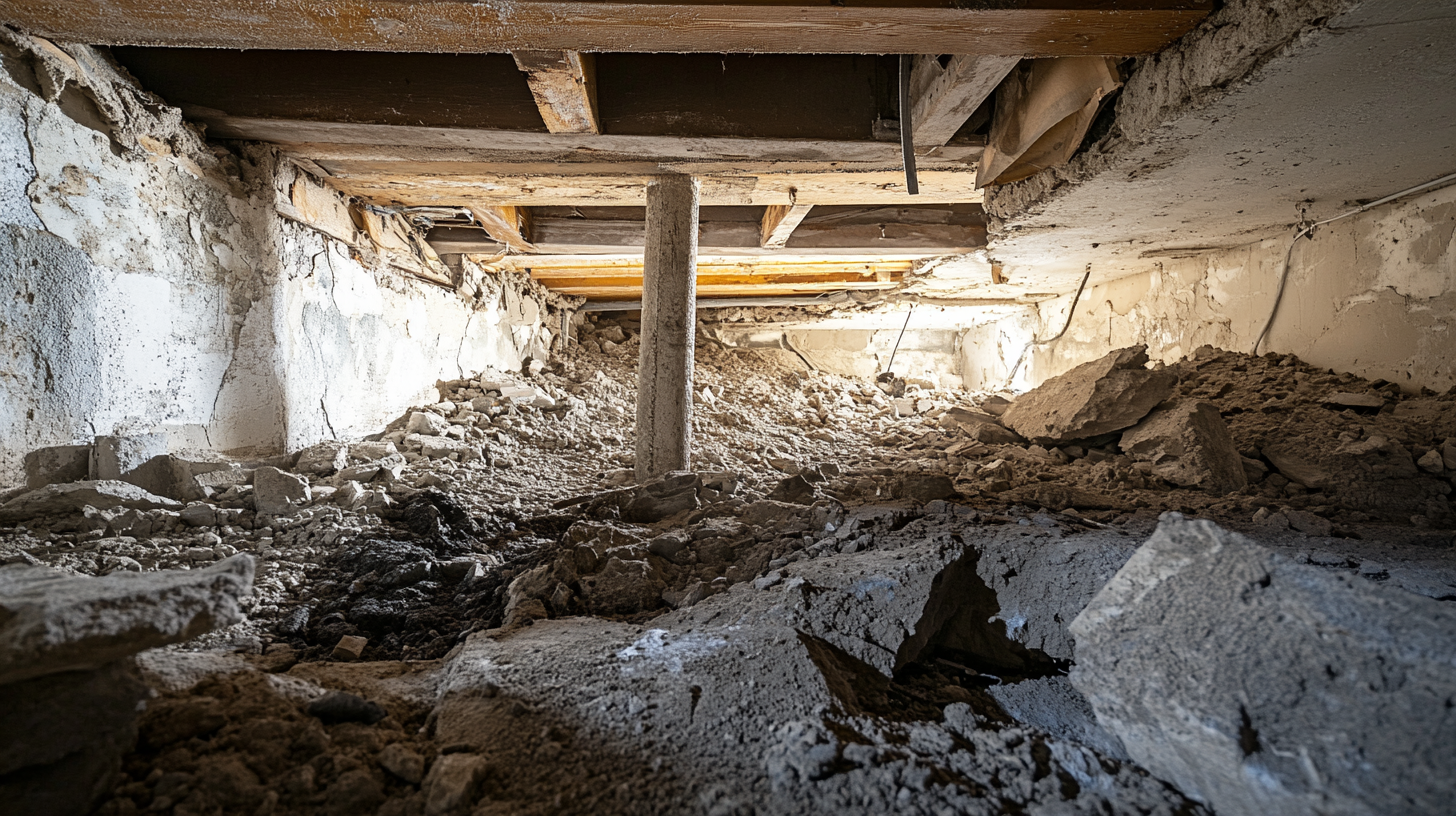

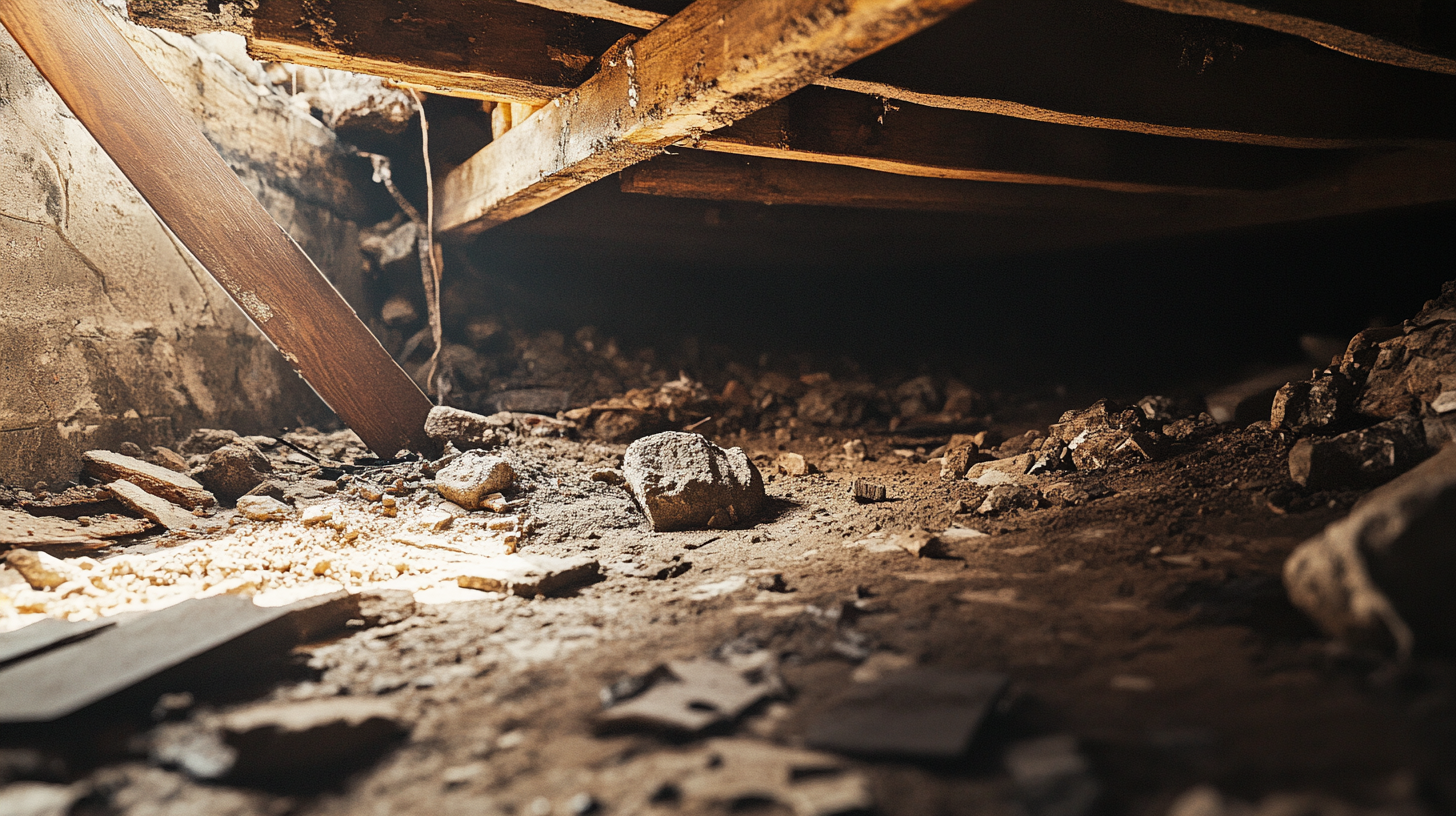
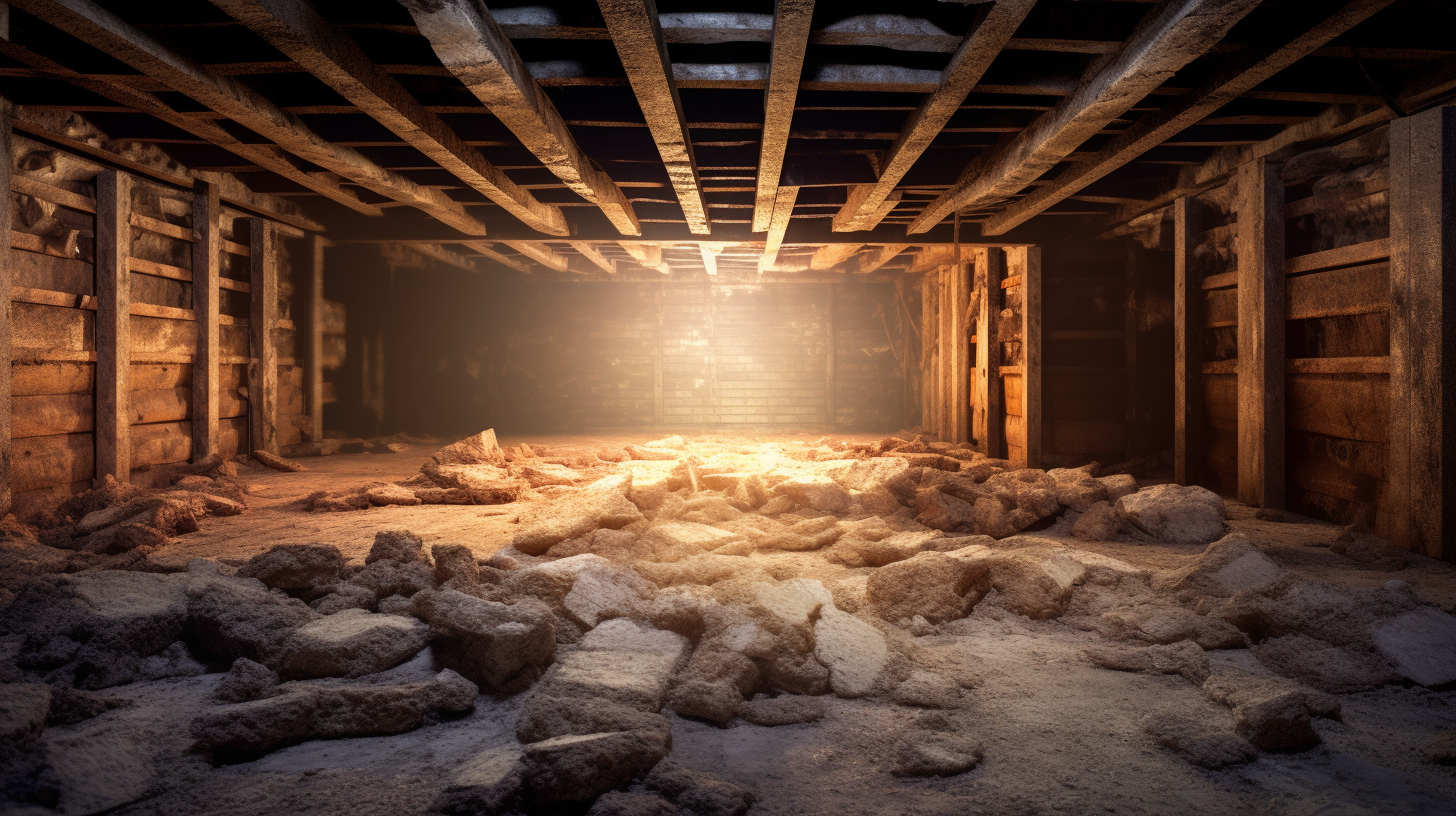
Got a Question? We’re Here to Help.
You can arrange an appointment or make an enquiry by phone or email, orget in touch to us via our contact form.
